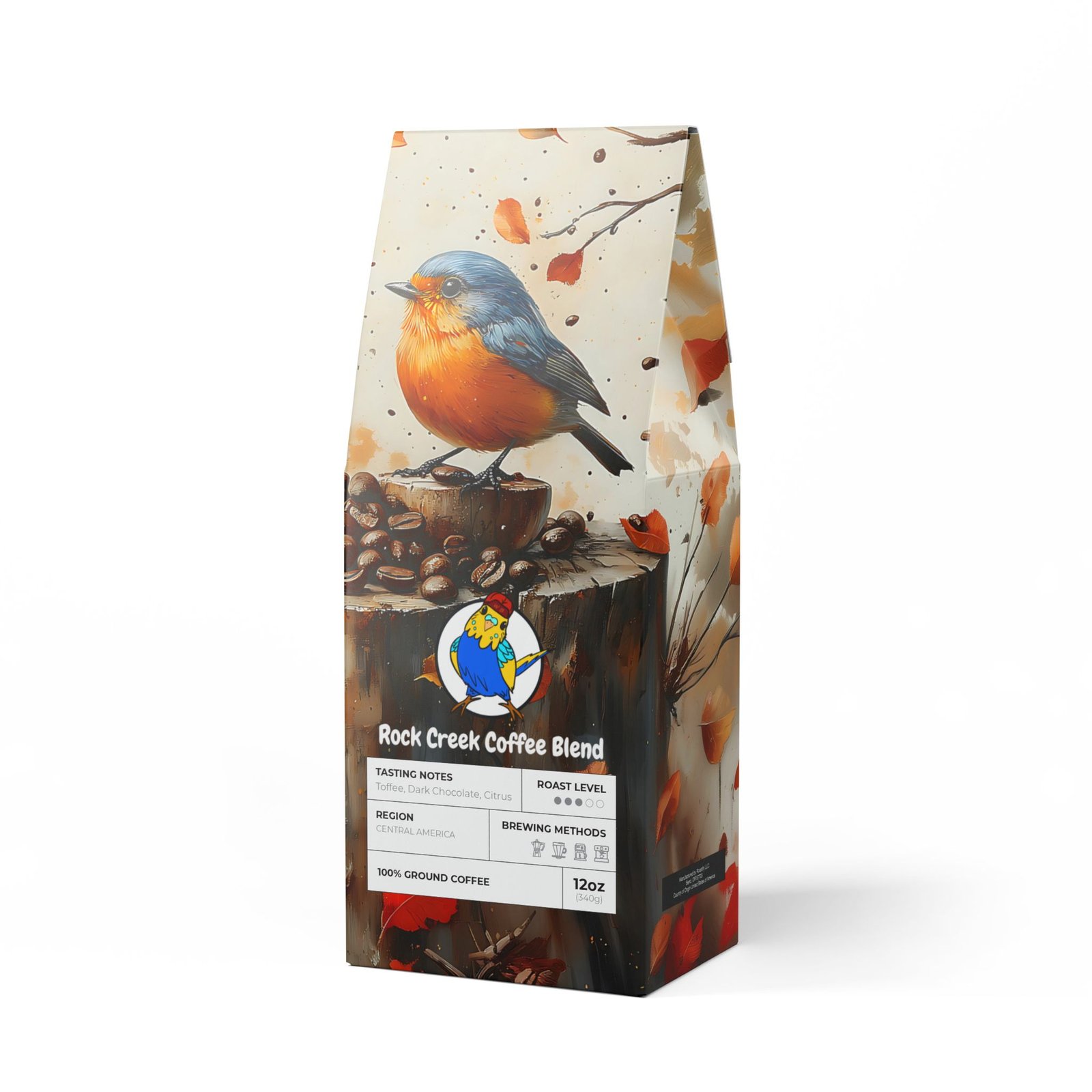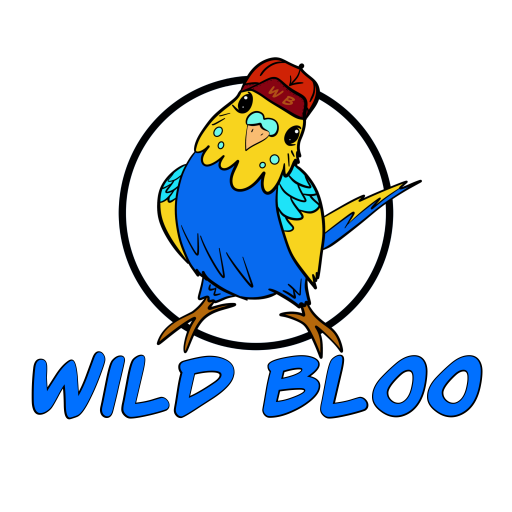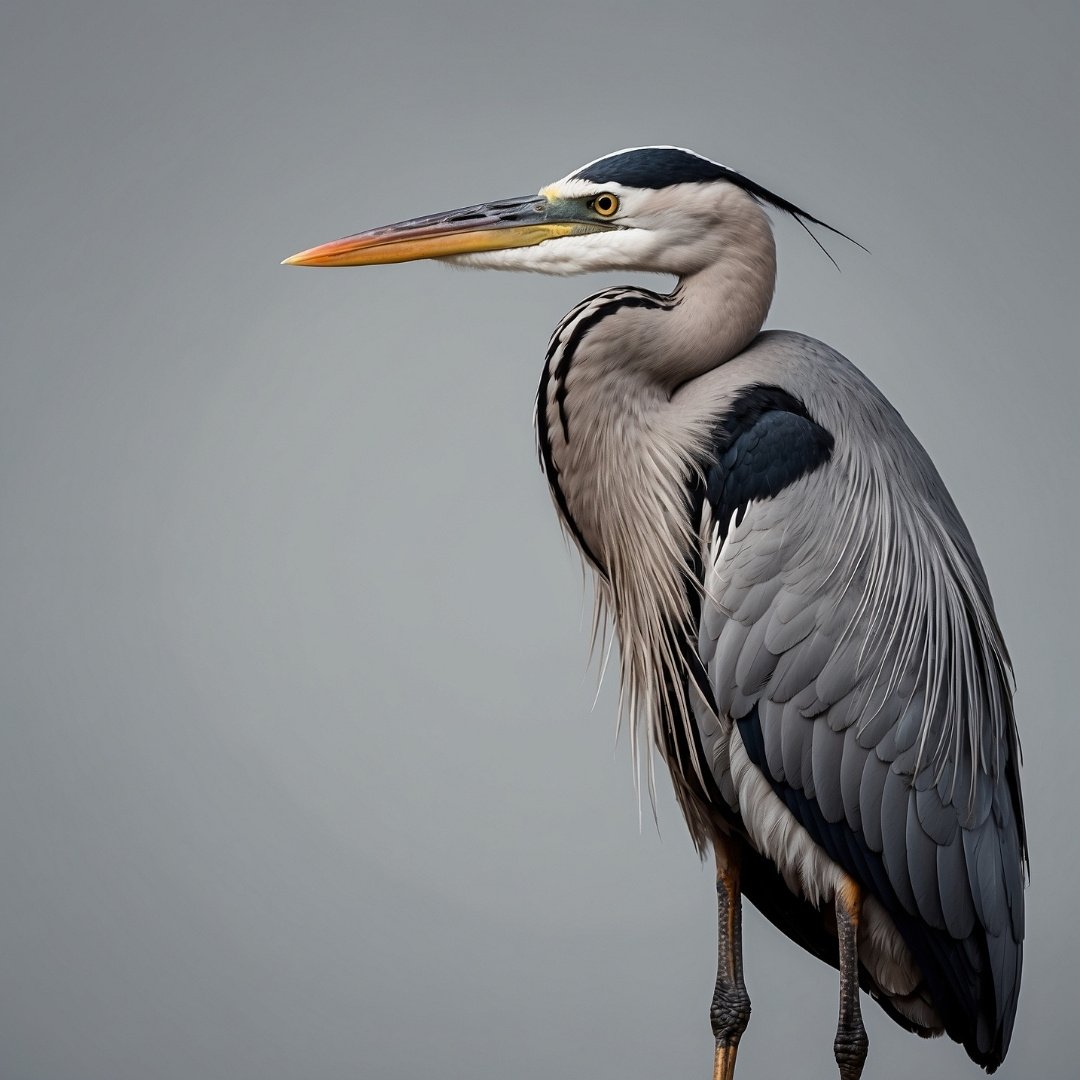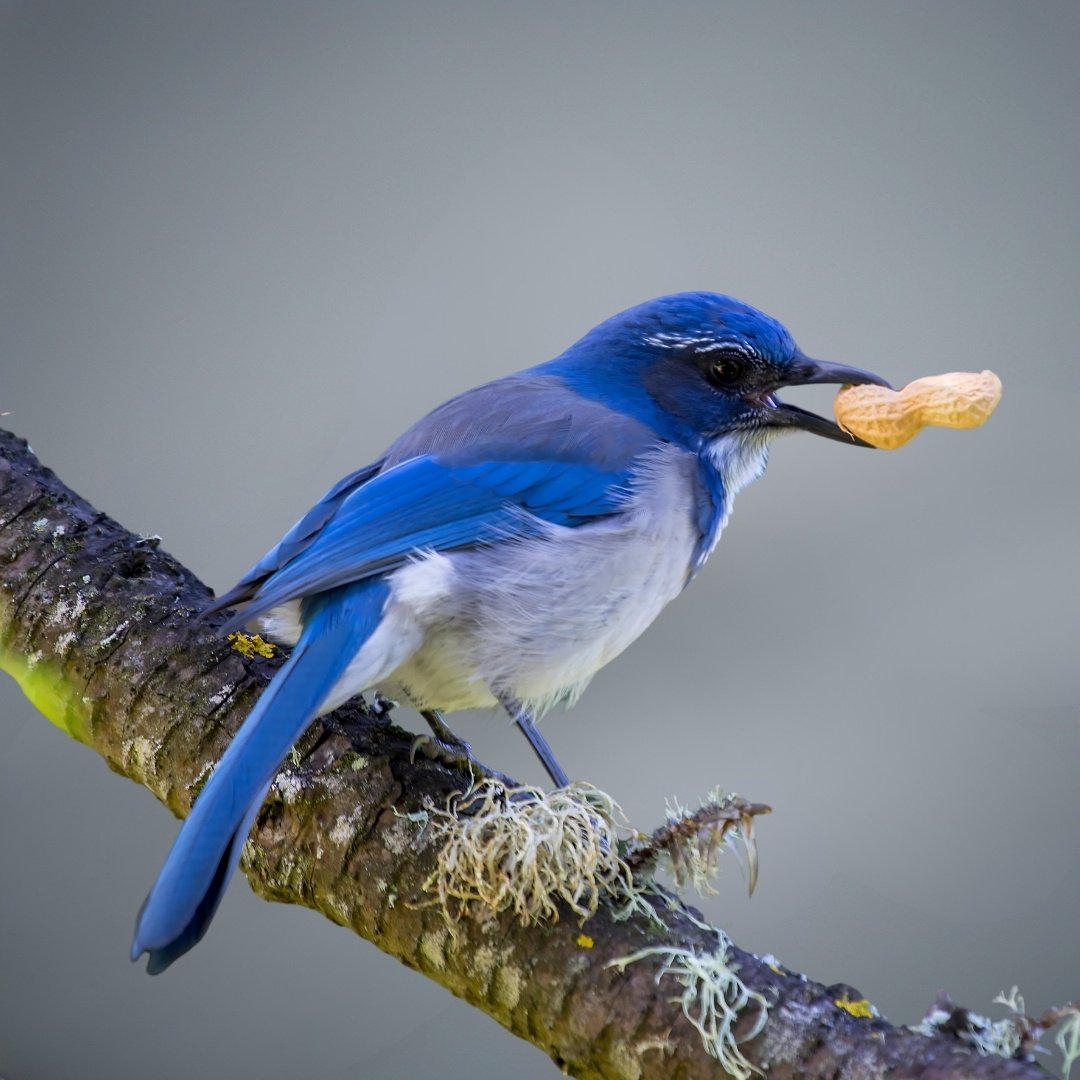Top 20 Beautiful Blue Birds Around the World (With Photos, Facts & Spotting Tips)
From dazzling buntings to majestic kingfishers, the color blue in birds is nature’s spectacular display of structural coloration — not pigments, but microscopic feather structures reflecting blue light. Whether you’re a seasoned birder or a curious explorer, this guide showcases 20 breathtaking blue birds from around the globe, complete with fascinating facts, habitat tips, and unique insights to help you spot them in the wild.
🔍 Fun Fact: Unlike red or yellow birds, most blue birds don’t get their color from pigments, but from microscopic structures in their feathers that reflect light. Cool, right?
🌍 How to Use This Guide
- ✔ Learn bird identification features like plumage, weight, and wingspan
- 📍 Discover the habitats where they thrive
- 👀 Get pro tips on where to spot them in the wild
- 🔗 Trusted sources: Cornell Lab of Ornithology, Audubon Society
1. Great Blue Heron (Ardea herodias)
- Color: Slate-blue with a black plume on the head
- Weight: 4.6 – 5.5 lb (2.1 – 2.5 kg)
- Wingspan: 66 – 79 in (167 – 201 cm)
- Habitat: Wetlands, marshes, lakes, and coastal shores
- Where to Spot: Look for slow-moving water during early morning or sunset
The Great Blue Heron stands tall with grace, often seen wading silently in shallow waters as it hunts for fish, amphibians, and crustaceans.
Fun Fact: Great Blue Herons are expert fishermen — but they’ll also steal food from other birds like sneaky swamp pirates.
Quirk: They sometimes hunt so slowly that frogs just stare at them in confusion… until it’s too late.
2. Blue Jay (Cyanocitta cristata)
- Color: Bright blue with white and black markings
- Weight: 2.5 – 3.5 oz (70 – 100 g)
- Wingspan: 13 – 17 in (34 – 43 cm)
- Habitat: Forest edges, backyards, parks
- Where to Spot: Backyard feeders and oak trees
Known for its intelligence and noisy calls, the Blue Jay is a bold and beautiful songbird often seen mimicking other birds.
Fun Fact: Blue Jays can mimic hawk calls just to mess with other birds — it’s like yelling “police!” to clear a room.
Quirk: They’re not just noisy — they gossip. Seriously, they alert the neighborhood when predators are nearby.
3. Eastern Bluebird (Sialia sialis)
- Color: Bright blue back, rusty-red chest
- Weight: 1 oz (28 g)
- Wingspan: 9.8 – 12.6 in (25 – 32 cm)
- Habitat: Open fields, orchards, nest boxes
- Where to Spot: Check fences and low perches in open meadows
A symbol of happiness in folklore, the Eastern Bluebird is admired for its vibrant plumage and melodious song.
Fun Fact: These cheerful birds were once in decline but bounced back with the help of bird lovers and nest boxes.
Quirk: Male bluebirds sometimes “gift” food to females like feathered romantics — awww.
4. Lazuli Bunting (Passerina amoena)
- Color: Sky blue head, rusty-orange breast
- Weight: 0.5 oz (14 g)
- Wingspan: 8.7 in (22 cm)
- Habitat: Shrubby hillsides, open woodlands
- Where to Spot: Western U.S., especially near streams and meadows
Quirk: Males often duel in song battles for territory — it’s like “American Idol,” but feathery.
5. Steller’s Jay (Cyanocitta stelleri)
- Color: Deep blue body with black crest
- Weight: 3.5 – 4.9 oz (100 – 140 g)
- Wingspan: 16 – 19 in (41 – 48 cm)
- Habitat: Coniferous forests, mountain campsites
- Where to Spot: Western North America, near picnic areas
Steller’s Jay combines elegance and boldness, often spotted scavenging campsites and mimicking hawk calls.
Fun Fact: These jays have bold personalities — they’ll raid your campsite and steal your chips.
Quirk: They’re natural drama queens — squawking loudly even when nothing’s happening.
6. Mountain Bluebird (Sialia currucoides)
- Color: Vivid sky-blue all over (males)
- Weight: 1 oz (30 g)
- Wingspan: 11 – 14 in (28 – 36 cm)
- Habitat: High-altitude grasslands, open ranges
- Where to Spot: Western U.S. and Canada in spring and summer
Fun Fact: These birds are so blue, they look photoshopped in real life. No filters needed.
Quirk: Males do aerial dances during courtship — bird ballet, anyone?
7. Indigo Bunting (Passerina cyanea)
- Color: Shimmering indigo blue (males)
- Weight: 0.4 – 0.6 oz (12 – 18 g)
- Wingspan: 7.5 – 8.7 in (19 – 22 cm)
- Habitat: Brushy areas, thickets, forest edges
- Where to Spot: Singing from treetops during summer
Quirk: At night, they navigate using the stars — tiny feathered astronomers!
8. Tree Swallow (Tachycineta bicolor)
- Color: Iridescent blue-green back, white belly
- Weight: 0.6 – 0.9 oz (17 – 26 g)
- Wingspan: 11 – 13.8 in (28 – 35 cm)
- Habitat: Wetlands, open fields near water
- Where to Spot: Catching insects mid-air near ponds
Highly adaptable nesters, Tree Swallows readily utilize both natural cavities and artificial nest boxes, showcasing their ability to thrive in varied environments.
Fun Fact: Tree Swallows are aerial acrobats — they eat insects mid-air like little fighter jets.
Quirk: They sometimes snuggle together in groups on cold nights. Bird cuddle party!
9. California Scrub-Jay (Aphelocoma californica)
- Color: Bold blue head and wings, gray back
- Weight: 2.8 – 3.5 oz (80 – 100 g)
- Wingspan: 13 – 15 in (33 – 38 cm)
- Habitat: Oak woodlands, backyards
- Where to Spot: California, Oregon suburbs and gardens
These intelligent jays are known for caching food and displaying strong problem-solving skills.
Fun Fact: These jays can remember hundreds of acorn hiding spots — squirrel-level smart.
Quirk: They’ll fake burying food just to trick other birds. Little blue con artists.
If you’ve enjoyed learning about these fascinating blue birds and the wonders of the avian world, why not immerse yourself even further? You can support my blog and my ongoing work by purchasing my Beautiful Birds Coloring Book for Adults.
This unique collection features 36 beautifully detailed bird illustrations in mandala and zentangle styles, designed to help you relax and unwind. Each page is paired with intriguing bird facts, providing a fun and mindful way to deepen your appreciation for nature’s most vibrant creatures.
By purchasing the coloring book, you’ll not only indulge in hours of creative relaxation but also help support the content and resources I provide here. Your support allows me to continue sharing my passion for birds and the beauty of the natural world with you.
So, whether you’re a bird lover, an art enthusiast, or just looking for a soothing activity, grab your copy today and join me in celebrating the enchanting world of birds. Together, we can keep spreading the joy and magic that these incredible creatures bring to our lives.
10. Belted Kingfisher (Megaceryle alcyon)
- Color: Blue-gray with white collar, rusty belly (females)
- Weight: 4 – 6 oz (113 – 170 g)
- Wingspan: 19 – 23 in (48 – 58 cm)
- Habitat: Rivers, estuaries, and lakes
- Where to Spot: Perched on wires or branches above water
With a rattling call and dramatic diving skills, the Belted Kingfisher is an expert fisherbird of North America.
Fun Fact: Females are more colorful than males — rare in the bird world!
Quirk: Their call sounds like a miniature chainsaw. Cute bird, power tool vibes.
11. Blue Grosbeak (Passerina caerulea)
- Color: Deep blue with chestnut wing bars
- Weight: 0.9 – 1.1 oz (26 – 31 g)
- Wingspan: 10 – 11 in (25 – 28 cm)
- Habitat: Brushy fields, woodland edges
- Where to Spot: Southern U.S., often heard before seen
This elusive beauty often sings from hidden perches in the southern U.S. and Central America.
Fun Fact: Blue Grosbeaks are shy — but when they sing, it’s like a secret serenade from the bushes.
Quirk: That huge beak? It’s like having a sunflower seed-smashing superpower.
12. Western Bluebird (Sialia mexicana)
- Color: Blue upperparts, rusty chest
- Weight: 1 oz (30 g)
- Wingspan: 11 – 13 in (28 – 33 cm)
- Habitat: Open forests, farmland, parks
- Where to Spot: Perching on low tree branches in spring
A gentle songbird with a cheerful call, the Western Bluebird is a favorite among backyard birdwatchers.
Fun Fact: These social birds sometimes form tight-knit family units — bird squad goals.
Quirk: They’re polite houseguests — they reuse the same nest boxes year after year.
13. Broad-Billed Hummingbird (Cynanthus latirostris)
- Color: Metallic blue-green with red-orange bill
- Weight: 0.1 oz (3 – 4 g)
- Wingspan: 5 in (13 cm)
- Habitat: Canyons and deserts of the Southwest
- Where to Spot: Flower gardens and feeders in Arizona, New Mexico
Quirk: They’re tiny but fierce — they’ll chase bigger birds away from feeders like little flying bullies.
14. Black-Throated Blue Warbler (Setophaga caerulescens)
- Color: Deep blue and black face (males)
- Weight: 0.3 – 0.4 oz (9 – 13 g)
- Wingspan: 7.5 – 8.3 in (19 – 21 cm)
- Habitat: Eastern deciduous forests
- Where to Spot: Look for them low in dense underbrush
This elegant warbler is a favorite among birders for its distinct color contrast and energetic foraging.
Fun Fact: Male and female Black-Throated Blue Warblers look so different, scientists once thought they were two separate species.
Quirk: Males look perpetually grumpy — like they disapprove of your playlist.
15. Purple Gallinule (Porphyrio martinicus)
- Color: Blue, purple, and green iridescence
- Weight: 8.6 – 10.6 oz (245 – 300 g)
- Wingspan: 20 – 22 in (50 – 56 cm)
- Habitat: Marshes, swamps, wetlands
- Where to Spot: Southern U.S. wetlands with water lilies
Quirk: They walk on floating vegetation like little birdy tightrope walkers.
16. Northern Parula (Setophaga americana)
- Color: Blue-gray back, yellow throat
- Weight: 0.2 – 0.3 oz (5 – 9 g)
- Wingspan: 6.3 – 7.1 in (16 – 18 cm)
- Habitat: Moist forests with moss-laden trees
- Where to Spot: Southern woodlands in spring migration
Fun Fact: Despite their beauty, they’re hard to spot — it’s like they’re playing hide and seek in the canopy.
Quirk: Their buzzing song sounds like a squeaky balloon — adorable and weird.
17. Blue-Gray Gnatcatcher (Polioptila caerulea)
- Color: Pale blue-gray upperparts
- Weight: 0.2 oz (5 – 6 g)
- Wingspan: 6.3 in (16 cm)
- Habitat: Scrub, thickets, deciduous woods
- Where to Spot: Darting through branches, twitching tail
Quirk: They’re always flicking their tails, like they’re judging you silently.
18. Painted Bunting (Passerina ciris)
- Color: Males—blue, red, green, yellow
- Weight: 0.5 oz (14 g)
- Wingspan: 8.3 in (21 cm)
- Habitat: Brushy habitats in the Southeast
- Where to Spot: Feeders and forest edges in spring
Quirk: Females look plain green — it’s like nature gave them a stealth mode.
19. Smew (Mergellus albellus)
- Color: White body with black and bluish-gray (males)
- Weight: 1 – 2.1 lb (450 – 950 g)
- Wingspan: 22 – 27 in (56 – 69 cm)
- Habitat: Lakes, rivers, and winter wetlands (Europe/Asia)
- Where to Spot: Wintering grounds in northern Europe
Quirk: Their name sounds like a sneeze… “Ah-choo! Smew!”
20. Common Grackle (Quiscalus quiscula)
- Color: Glossy blue-violet sheen
- Weight: 2.6 – 5 oz (74 – 142 g)
- Wingspan: 14 – 18 in (36 – 46 cm)
- Habitat: Fields, wetlands, cities
- Where to Spot: Loud flocks near feeders or urban parks
Quirk: They walk like they own the place — the bird world’s version of a power strut.

Bonus: The Hyacinth Macaw (Anodorhynchus hyacinthinus)
Color: Vibrant cobalt blue, with yellow accents around the eyes
Weight: 2.2 – 3.7 lb (1 – 1.7 kg)
Wingspan: 40 – 46 inches (102 – 117 cm)
Habitat: Tropical forests and palm swamps
Where to Spot: Central and eastern Brazil, especially the Pantanal and other open areas with tall palm trees and forests
The Hyacinth Macaw is one of the largest and most iconic parrots in the world, known for its brilliant blue feathers and striking yellow eye rings. These beautiful birds are native to Brazil, where they inhabit the Pantanal wetlands and other tropical regions. Their strong beaks, capable of cracking open tough palm nuts, are as impressive as their stunning plumage. Sadly, the Hyacinth Macaw is considered vulnerable due to habitat loss and illegal trapping.
Fun Fact: The Hyacinth Macaw is the largest species of parrot in the world, and it has a wingspan that can reach up to 4 feet (1.2 meters).
Quirk: Despite their grandeur, these birds are social and enjoy hanging out in pairs or small groups, often using their strong beaks to communicate with one another. Their playful and affectionate nature has made them popular among bird enthusiasts, though they require a great deal of care and attention.
Read more: 20 Fascinating Pink Birds from Around the World
The Magic of Blue Birds in Nature
These blue birds exemplify the breathtaking diversity and color palette found in the avian world. From dense forests and open fields to shimmering wetlands and desert canyons, they capture our attention with their vivid plumage and unique behaviors. Whether it’s the deep sapphire of a Steller’s Jay or the delicate sky-blue of an Eastern Bluebird, these species remind us of nature’s ability to inspire awe through its intricate design and vibrant hues.
Their presence also plays vital roles in ecosystems—controlling insect populations, pollinating plants, and serving as indicators of environmental health. Birdwatching not only connects us to this natural beauty but also deepens our understanding of biodiversity and conservation.
Bird Watching Tips for Blue Bird Enthusiasts
If you’re inspired to observe these brilliant birds in the wild, here are expert tips to help you enjoy a rewarding and respectful birdwatching experience:
Best Time to Spot Blue Birds:
Most blue birds are highly active during the early morning and late afternoon hours. These are the optimal times for feeding, singing, and flying. Spring and early summer are especially great seasons for observing their courtship displays, nesting activities, and vibrant breeding plumage.
- Migratory Birds: Species like the Indigo Bunting, Northern Parula, and Black-Throated Blue Warbler are migratory—check migration calendars to know when they’re passing through your region.
- Year-Round Residents: Birds like the Blue Jay, California Scrub-Jay, and Great Blue Heron can often be seen year-round depending on your location.
Where to Look:
- Woodlands and Forest Edges: Great for spotting jays, warblers, and gnatcatchers.
- Open Meadows and Grasslands: Ideal for observing buntings, bluebirds, and grosbeaks.
- Wetlands and Water Bodies: Visit lakes, rivers, and marshes for species like the Great Blue Heron, Purple Gallinule, and Belted Kingfisher.
- Backyards and Gardens: Plant native shrubs and offer bird feeders to attract Tree Swallows, Eastern Bluebirds, and other local blue species.
Essential Gear:
- Binoculars: Choose 8x or 10x magnification for crisp visuals of fast-moving or distant birds.
- Field Guide or Birding App: Carry a regional bird field guide or use birding apps like Merlin Bird ID, Audubon Bird Guide, or eBird to help with identification and tracking sightings.
- Notebook or Birding Journal: Record details about your observations—species seen, location, behavior, and time.
- Camera with Zoom Lens: Perfect for capturing vivid details of these dazzling birds while keeping a respectful distance.
- Bird Call Apps: Use responsibly to learn calls and songs, but avoid overuse in sensitive nesting areas.
Pro Tips for Beginners:
- Move slowly and quietly—sudden movements can scare birds away.
- Wear muted, natural colors to blend in with the environment.
- Stay patient—sometimes the best sightings come after a bit of waiting and observing.
Protecting the Blue Beauty of Birds
As climate change, habitat loss, and urbanization threaten bird populations globally, it’s more important than ever to protect their natural environments. Support local conservation initiatives, plant native vegetation, reduce pesticide use, and advocate for bird-friendly policies in your area.
Blue birds not only enrich our landscapes—they remind us of the delicate harmony of ecosystems and the importance of preserving nature’s most brilliant wonders.
Discover Our Unique Bird-Themed Coffee Collection

Indulge in the perfect blend of art and flavor with our exclusive bird-themed coffee collection. Each package is thoughtfully designed with beautiful, one-of-a-kind bird illustrations that bring the charm of nature into your daily routine. From vibrant parrots to majestic eagles, these unique designs capture the beauty of the avian world, making every coffee experience a little more magical.
Not only will you enjoy rich, flavorful coffee, but you’ll also be supporting my passion for birds and art. Every package is crafted to celebrate the elegance of our feathered friends, making these coffees a perfect gift for bird lovers, coffee aficionados, and anyone who appreciates beautifully designed packaging.
Savor the experience of enjoying your favorite coffee while admiring the stunning bird illustrations on each bag. It’s more than just coffee—it’s a tribute to nature’s vibrant colors and the wonders of the bird kingdom.
Treat yourself to a blend that’s as special as the birds it celebrates. Shop now and bring a little piece of the bird world into your home!






















